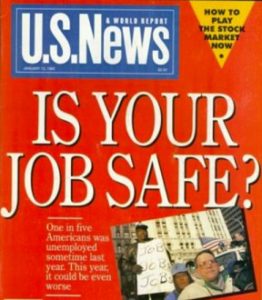
When you begin living on your own and working your way into a higher income, one mis-step many make is to sign a lease on a great apartment that takes all your income. I know, you finally want to be in a hot downtown area with the great workout room, dog park, pool, valet trash, with a fabulous view. You got the nicest apartment you could find and at the limit of your budget. Too many renters discover too late that it was really too much money and later regret it.
This is the detrimental path after you’ve reached too soon for the high-end apartment in the hot area:
- The apartment consumes all of your income so your lifestyle spending goes on your credit card.
- Rent sharply increases year after year.
- You wake up in 5-10 years to discover that you are broke and cannot afford to renew your lease.
- You realize you’ve been sinking in rental quicksand with few affordable living options.
In growing cities, this quicksand was bound to happen from the start. Living in the hotspot is not cheap and if your income isn’t rising as fast as your rent is rising, then you are falling behind into serious financial struggle. When rent is consuming all of your income, you will have nothing for savings, nothing for investments, and nothing for retirement – with highly predictable financial troubles ahead.
You must save money every month while you have a chance while renting. If you had a home there are some large potential expenses: new carpeting, new roof or driveway, appliance replacement, etc. While you are renting, you have an opportunity to save the money that you would be using on these expenditures. In addition, anytime you are renting, you should set money aside as if you were an owner building up equity. You could start by saving 10% of your rent into a separate account and work toward raising the savings rate to 20%-30% of your rent. This way, you are creating and controlling your “housing equity” and building up a fund that can be applied toward a down payment when you are in a position to purchase your own place. Purchasing your own home/apt/condo fixes your housing expense while renters keep getting rent increases over the next decade or two. You do not want to be a continual renter and realize in your 50s that you have no savings, no home equity, and are struggling with rent increases. This financial situation can be equated to leasing a brand new car vs. buying a 3-5-year old car with low miles. Leasing is the most expensive way to pay for a vehicle while buying a used car with lows miles is the cheapest way to buy a vehicle. Renting your expensive apartment and leasing a new car is going to eat away your financial stability in large chunks each month. This can be fine in the short-term but financially destructive as a medium or long-term lifestyle choice.









